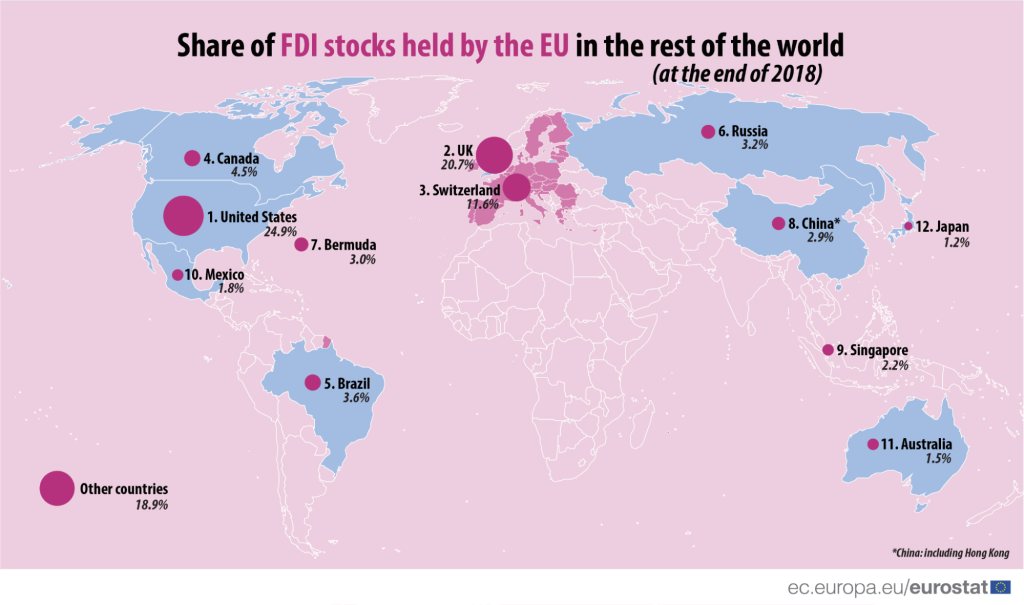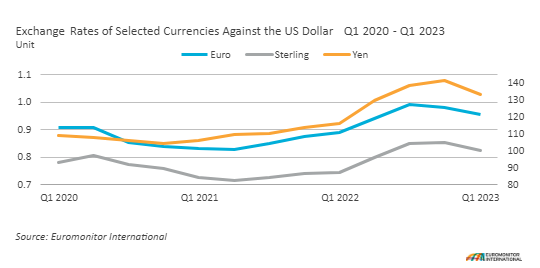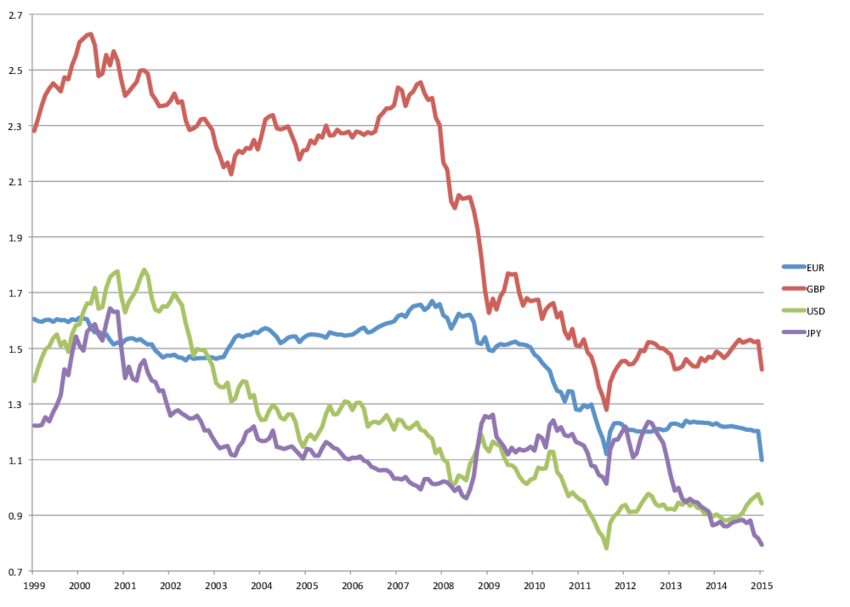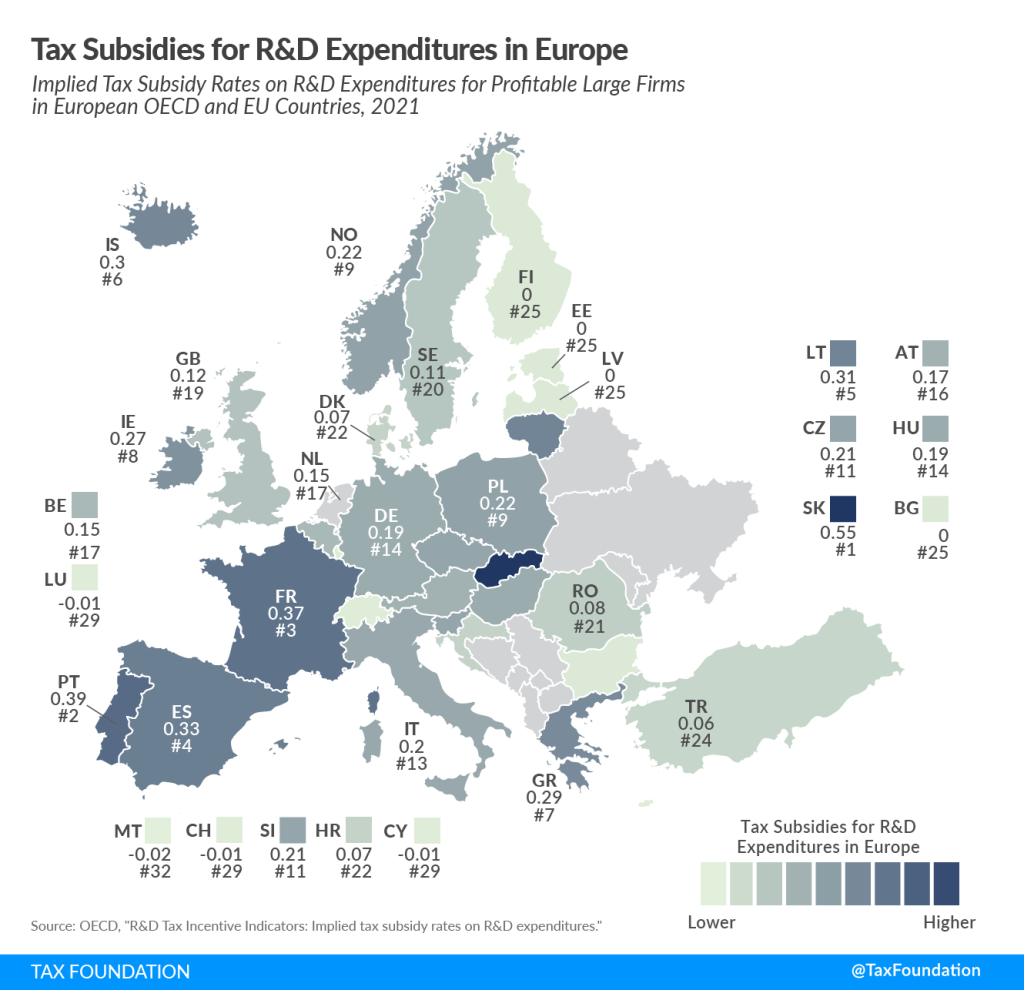Local: Investindo em Mercados Domésticos
Objetivos de aprendizagem da lição:
- Entenda o benefícios fiscais associated with investing in European markets. Learn about the consistent tax regulations across the Eurozone and how they can maximize returns on investments.
- Gain insights into the importance of local market knowledge. Discover how familiarity with local economies and regulations can lead to better investment choices and strategies.
- Explore the advantages of R&D tax subsidies in fostering innovation investments in Europe. Recognize how different countries within the EU provide financial incentives for research and development expenditures, aiding in strategic decision-making for investment locations.
7.1: Benefits of Investing in Domestic Markets
Investing in European domestic markets provides several key benefits, especially for residents of the Eurozone. One of the primary advantages is the consistency in tax regulations across the Eurozone, which allows investors to benefit from standardized tax treatments on capital gains, dividends, and investment income. Many European countries also offer tax incentives for investments in sectors like renewable energy e tecnologia.

Furthermore, domestic investors have a deeper understanding of local markets, allowing them to make more informed decisions. They are more familiar with European Union regulations, as well as specific policies from institutions like the European Central Bank (ECB), which can impact economic growth and market stability.
- Benefícios fiscais: Many EU countries offer favorable tax treatments for investors, such as tax deductions on certain types of investments and lower capital gains taxes for long-term holdings.
- Knowledge of Local Markets: Domestic investors benefit from familiarity with local economic conditions and political landscapes, enabling better decision-making.
Figura: Tax Subsidies for R&D Expenditures in Europe
Descrição:
This map illustrates the implied tax subsidy rates for Research & Development (R&D) expenditures for profitable large firms in European OECD and EU countries in 2021. It uses color gradients to represent varying levels of R&D tax support, ranging from darker colors indicating higher subsidies to lighter colors showing lower or no subsidies. Countries like Slovakia (0.55), France (0.37), and Spain (0.34) exhibit the highest levels of R&D tax subsidies, while countries like Cyprus, Luxembourg, and Malta show minimal to no subsidies.
Principais vantagens:
- Slovakia, França, e Espanha offer the highest tax subsidies for R&D among European countries.
- Eastern European countries, such as Poland and the Czech Republic, have moderate subsidy rates.
- Nordic countries generally offer lower tax subsidies, with Sweden at 0.11 and Norway at 0.22.
- No R&D tax subsidies are provided in countries like Estonia, Latvia, e Cyprus.
Aplicação de informações:
Understanding R&D tax subsidy rates can help investors and businesses assess the financial incentives available in different European countries. Companies focused on innovation may find it advantageous to establish operations in countries with higher subsidies, like Slovakia or France, to reduce R&D costs. For policymakers, this data can serve as a benchmark to enhance R&D support strategies and foster economic growth.
7.2: Benefits of Investing in International Markets
Investing internationally allows European investors to access diversified markets and industries not available within their domestic markets. European countries are often heavily concentrated in certain industries, such as automotive e pharmaceuticals, so investing internationally enables exposure to sectors like tecnologia in the U.S. or natural resources in Latin America. This diversification helps reduce risk by spreading investments across different economies and market conditions.
Investing in emerging markets also presents growth opportunities that may not be available in the more developed European markets, providing investors with potentially higher returns.
- Access to High-Growth Markets: Emerging markets outside Europe, such as in Asia or Latin America, offer the potential for high returns.
- Global Diversification: International investments help reduce portfolio risk by diversifying across different economies, industries, and currencies.

Figura: Share of FDI Stocks Held by the EU in the Rest of the World (at the End of 2018)
Descrição:
This map displays the distribution of Foreign Direct Investment (FDI) stocks held by the European Union (EU) in various countries outside the EU as of 2018. The size of the pink circles represents the share of EU’s FDI stocks in each country, with the United States holding the largest share (24.9%), followed by the United Kingdom (20.7%) and Switzerland (11.6%). Other significant countries include Canada, Brazil, and Bermuda, while countries like Japan, Mexico, and Australia represent smaller shares of EU’s FDI.
Principais vantagens:
- United States holds the largest share of EU’s FDI stocks at 24.9%.
- United Kingdom e Switzerland are also major recipients of EU’s FDI, accounting for 20.7% e 11.6%, respectively.
- Collectively, the EU’s FDI is widely distributed across multiple regions, with notable shares in Canadá, Brazil, e Bermuda.
- The FDI distribution emphasizes the EU’s investment preference in developed economies.
Aplicação de informações:
Entendendo o geographical distribution of FDI stocks can help investors identify which non-EU countries attract the most European capital. This data is useful for assessing investment trends, regional economic ties, and potential areas for new business opportunities. It can also guide policymakers in developing strategies to enhance foreign investment.
7.3: Risks of Investing in Domestic Markets
One of the primary risks of investing in European markets is the risco cambial associated with the euro. Fluctuations in the value of the euro can affect the profitability of investments, particularly for multinational companies that earn revenue in foreign currencies. Additionally, political risks, such as Brexit, have created significant uncertainty for investors in Europe, especially in the UK and countries highly reliant on trade with the EU.
- Currency Fluctuations: Volatility in the euro’s value impacts both domestic and international investments.
- Political Risks: Events like Brexit and EU regulatory changes can create significant market volatility and risk for investors.

Figura: Exchange Rates of Selected Currencies Against the US Dollar (Q1 2020 – Q1 2023)
Descrição:
This line chart shows the exchange rate trends of the Euro, Sterling (British Pound), and Yen against the US Dollar from Q1 2020 to Q1 2023. The Yen experienced significant fluctuations, peaking above 140 in late 2022 before declining slightly in early 2023. Both the Euro e Sterling show relative stability with moderate fluctuations, with the Euro trading closer to parity against the USD, while the Sterling maintains a slightly lower rate throughout the period.
Principais vantagens:
- O Yen showed the highest volatility, reaching its peak in late 2022.
- O Euro e Sterling maintained relatively stable trends, with gradual fluctuations throughout the three-year period.
- Both the Euro e Sterling were generally trading below parity against the US Dollar.
- Currency trends can be influenced by factors such as taxa de juros, economic growth, e global market dynamics.
Aplicação de informações:
Understanding exchange rate trends can help investors assess potential currency risks when making international investments. This data can be used to identify optimal periods for currency exchange, aiding in financial planning, hedging strategies, and import-export decisions. Knowledge of these trends is also valuable for analyzing the economic outlook of the regions associated with these currencies.

Figura: Swiss Franc vs. Major Currencies (1999 – 2015)
Descrição:
This line chart shows the performance of the Swiss Franc (CHF) relative to four major currencies: Euro (EUR), British Pound (GBP), US Dollar (USD), and Japanese Yen (JPY) from 1999 to 2015. The Swiss Franc strengthened against these currencies over the years, indicated by a decreasing trend in the lines, which represents fewer units of foreign currency needed to buy one Swiss Franc. The most significant appreciation occurred after 2008, reflecting increased demand for the Swiss Franc as a safe-haven currency during financial crises.
Principais vantagens:
- O Swiss Franc showed consistent appreciation against all four currencies from 1999 to 2015, with major spikes during global financial uncertainties.
- The steepest declines are seen against the US Dollar e Euro, highlighting the Swiss Franc’s role as a safe-haven currency.
- The period following the 2008 financial crisis shows a rapid strengthening of the Swiss Franc.
- Exchange rates can be influenced by factors such as política monetária, economic stability, e geopolitical risks.
Aplicação de informações:
Understanding currency fluctuations is crucial for foreign exchange traders, investidores, e global businesses as it impacts import-export costs, retornos de investimento, e hedging strategies. This chart helps learners grasp how economic events can lead to sharp changes in currency strength, aiding in more informed financial decisions.
Principais informações da lição:
- Tax incentives in many EU countries can significantly enhance the profitability of investments, especially in sectors like technology and renewable energy.
- A deep understanding of local markets boosts investors’ confidence and decision-making capabilities, enabling them to anticipate and react to economic and regulatory changes effectively.
- Research and development subsidies vary across Europe, with countries like Slovakia, France, and Spain offering substantial incentives. This knowledge is vital for companies looking to minimize costs and maximize innovation outputs.
Declaração de encerramento
This section helps investors leverage the distinct advantages of European domestic markets to enhance their investment portfolios. Understanding these aspects is crucial for making informed, profitable investment decisions.



